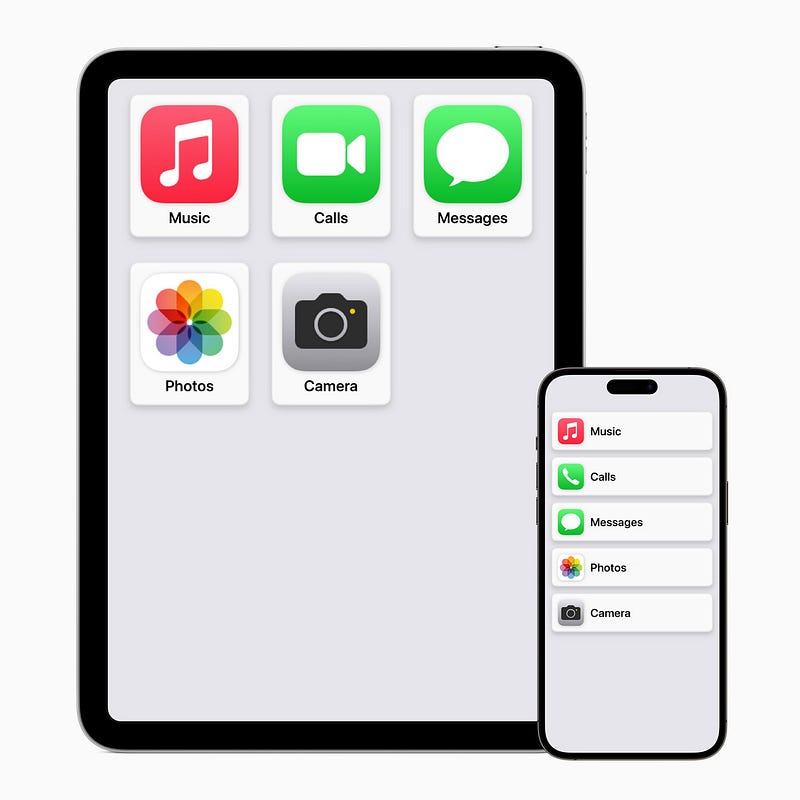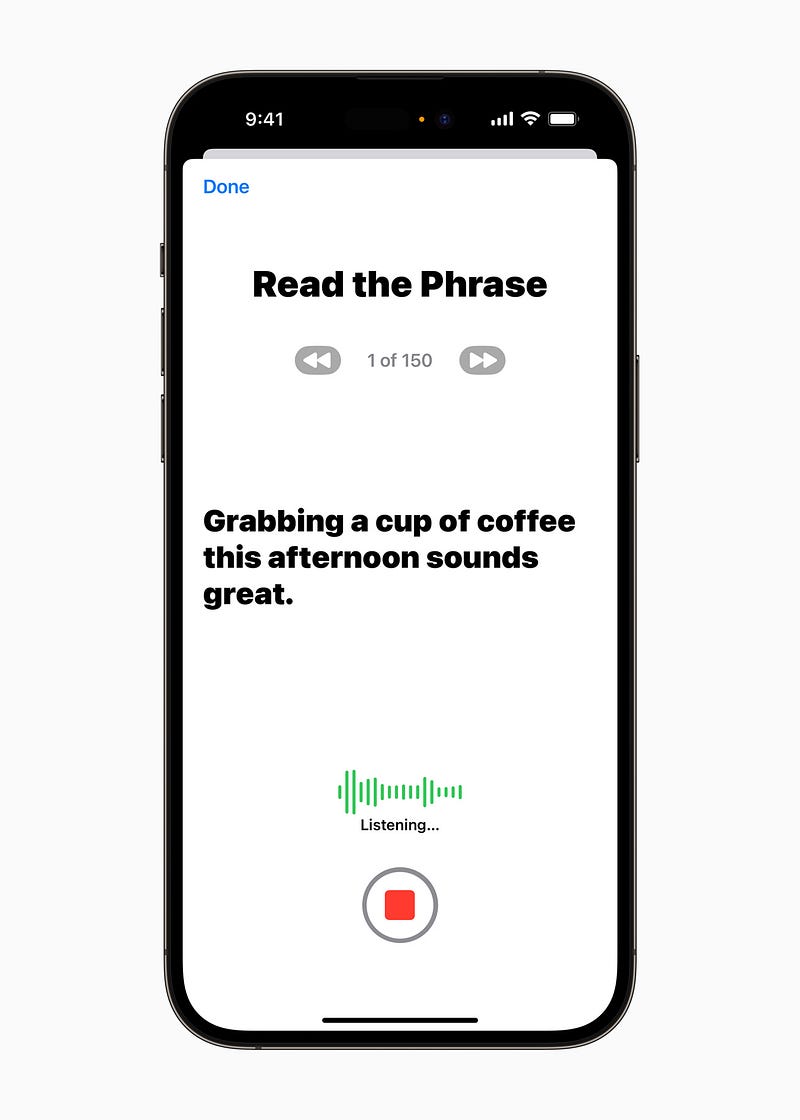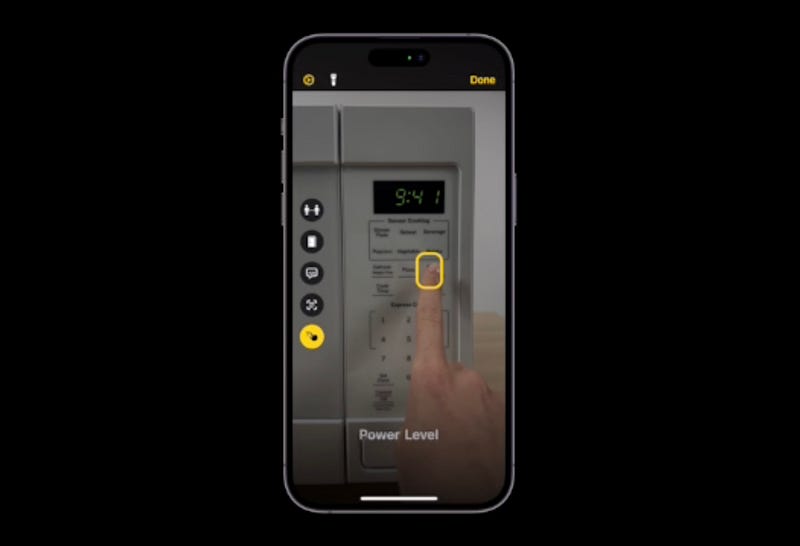Apple's iOS 17 Accessibility Features Are Revolutionary
Written on
Chapter 1: Introduction to iOS 17 Accessibility
iOS 17 is generating significant buzz, fueled by numerous leaks and anticipations surrounding its new capabilities. Apple has officially announced a suite of innovative AI and machine learning-driven accessibility features that promise to transform user interactions.
Section 1.1: Key Features Overview
Here’s a concise rundown of the standout accessibility enhancements:
#1. Assistive Access
Assistive Access is designed to ease cognitive strain by simplifying the user interface. It minimizes clutter by removing unnecessary text, images, and animations, ensuring that essential functions remain intact. The feature enhances visibility by using high-contrast text and larger icons, making navigation more intuitive for users with cognitive challenges.

In this redesigned "Calls" app, Phone and FaceTime functionalities are integrated into one, offering users the choice between a grid layout for those who prefer visuals and a row layout for text-focused users.
#2. Live Speech
Live Speech allows users to type responses during FaceTime calls or in-person conversations, which are then articulated by Siri. Users can also save frequently used phrases for quick access, streamlining communication.
#3. Personal Voice (Advanced Speech Accessibility)
For individuals at risk of losing their ability to speak, such as those diagnosed with ALS, the Personal Voice feature provides a way to preserve their unique vocal identity. Users can record their voice by reading a set of 150 phrases, which can then be synthesized into a digital voice that mimics their own.

This groundbreaking technology utilizes machine learning to create a personalized voice model, allowing users to communicate without needing to speak.
#4. Point and Speak
Building upon the existing 'Door Detection' feature from iOS 16, Point and Speak allows individuals with low vision to identify text labels on various objects by simply pointing their finger at them. This tool employs camera input and LiDAR technology to recognize and vocalize text.

This functionality is particularly beneficial for interacting with appliances and everyday items.
Section 1.2: Additional Accessibility Innovations
#5. Direct MFi Hearing Device Pairing
Users can now connect MFi (Made for iPhone) hearing devices directly to their Mac, mirroring the customization options available on iPhones and iPads.
#6. Voice Control Phonetic Suggestions
To enhance accuracy, Voice Control will now offer phonetic suggestions, helping users select the correct spelling of homophones.
#7. Simplified Text Size Adjustment on Mac
Text size adjustment has been streamlined on macOS, allowing for easier customization in applications like Finder and Messages.
#8. Enhanced Animation Control
iOS 17 introduces a feature that allows users to automatically pause GIFs with rapid animations in Messages and Safari, catering to those with photosensitivity.
#9. More Natural Siri Voice
Siri’s voice will be more human-like and expressive, especially for users utilizing VoiceOver, with adjustable speech rates for better comprehension.
#10. New Shortcut for Cognitive Assistance
A new feature called 'Remember This' helps users with cognitive difficulties create a visual diary within Notes, aiding memory retention.
Chapter 2: Conclusion
As iOS 17 rolls out these innovative accessibility features, it’s clear that Apple is committed to enhancing the user experience for individuals with diverse needs. The integration of AI and machine learning into these functionalities showcases a significant leap forward in technology's role in promoting inclusivity.
Explore more hidden iPhone tricks and stay informed about the latest updates to maximize your device's potential!